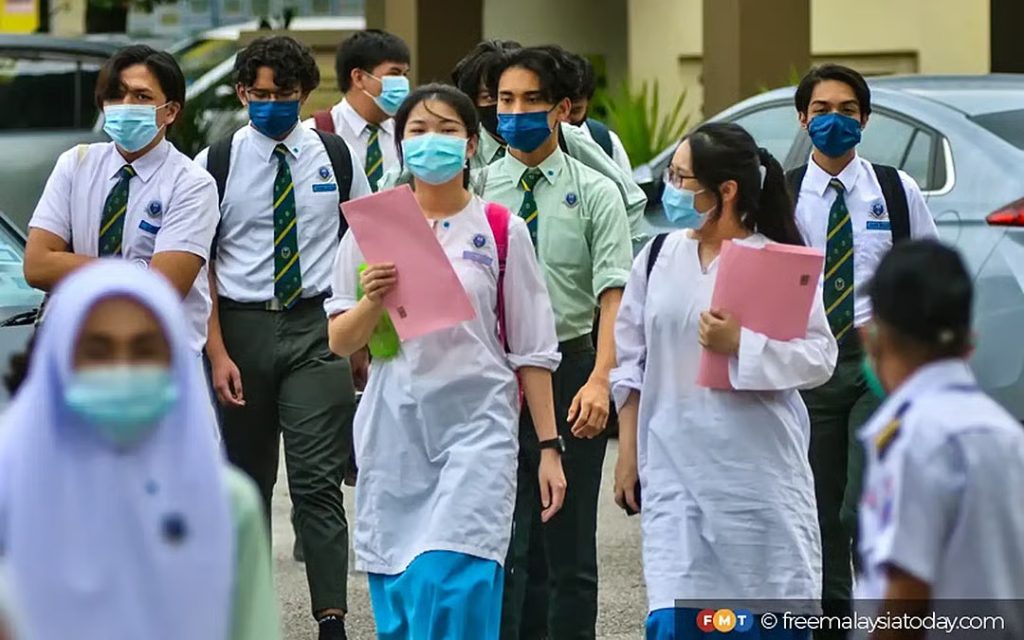The recent tragic incident at a secondary school in Bandar Utama has shaken many of us. It’s heartbreaking to imagine a young life lost in a place meant to nurture and protect. As parents, educators, and members of the community, we share the same concern — how can we make our schools safer and our students better prepared?
While investigations continue, one lesson is clear: we must strengthen not only our security systems, but also our awareness and readiness to respond when danger strikes unexpectedly.
Understanding Your Right to Self-Defense in Malaysia
Many Malaysians are unaware that our laws do allow us to defend ourselves when facing imminent danger.
Under the Penal Code (Sections 96–106), individuals have the right to use reasonable force to protect themselves or others from harm — provided it is proportional to the threat faced.
As we shared in our article The Right to Strike as Defense, this means you don’t need to wait until you’re injured to react, but any action taken must stop once the threat is neutralized. The goal of self-defense is always to escape safely, not to harm unnecessarily.
Why Simple Actions Make the Biggest Difference
During a real-life threat, fear takes over follow by adrenaline surges, fine motor skills drop, and decision-making slows.
That’s why training simple, instinctive movements matters most. Complex techniques often fail under stress, but one well-practiced, direct response can make all the difference.
A single, quick movement can:
- Interrupt an attack long enough to flee,
- Prevent further harm, and
- Reduce the risk of fatal injury.
It’s not about fighting back aggressively. It’s about reacting smartly and staying alive.
BBuilding Calm Through Preparedness
In our earlier reflections on school safety, we highlighted how rising cases of bullying and violence have turned fear into a daily concern for many students.
The solution isn’t panic — it’s practical awareness and calm preparedness.
When students learn to:
- Stay aware of their surroundings,
- Recognize early warning signs, and
- React quickly to create distance or call for help,
they strengthen not only their physical safety, but also their confidence, composure, and empathy toward others.
A Shared Responsibility
Creating safer schools is a collective effort. Teachers, parents, and professional trainers all play a part in cultivating a culture of safety and respect.
Workshops on self-defense, awareness talks, and consistent safety drills can empower students — not to fight, but to protect themselves responsibly and lawfully.
We may not control every incident, but we can control our preparedness, awareness, and response. Sometimes, one simple move — trained and instinctive — can mean the difference between panic and survival.

